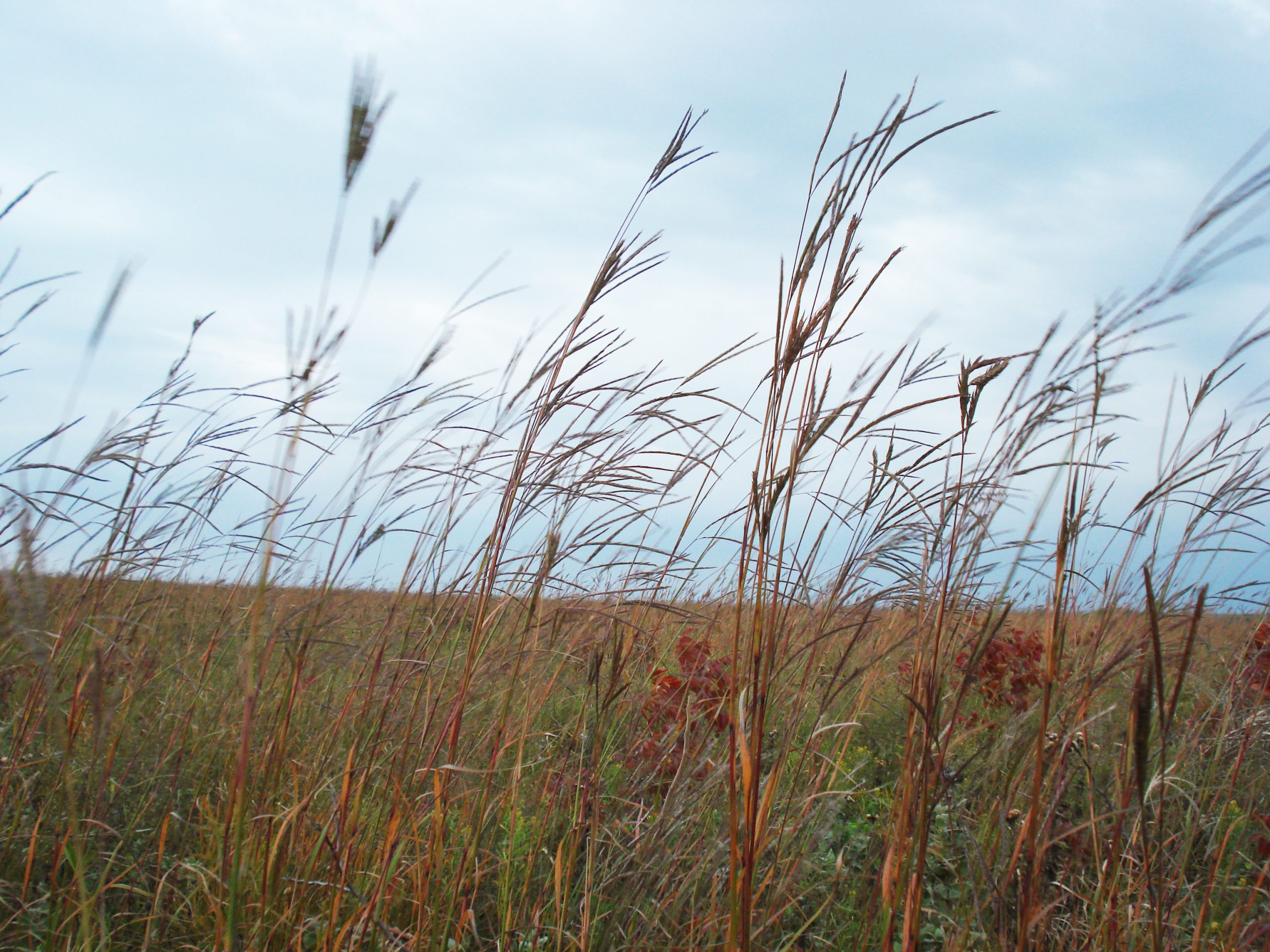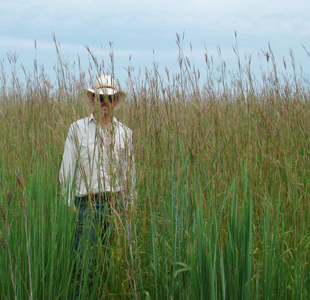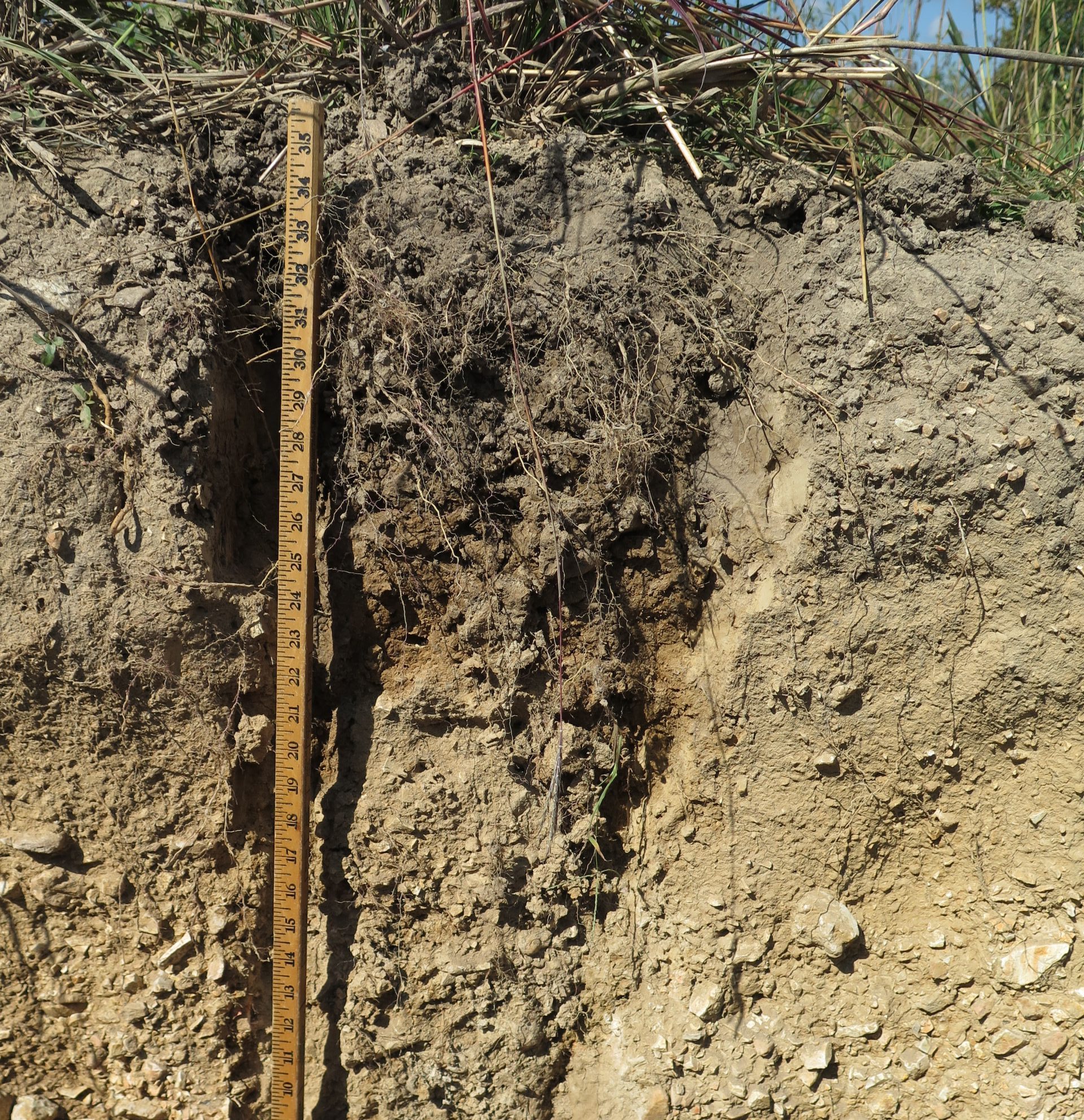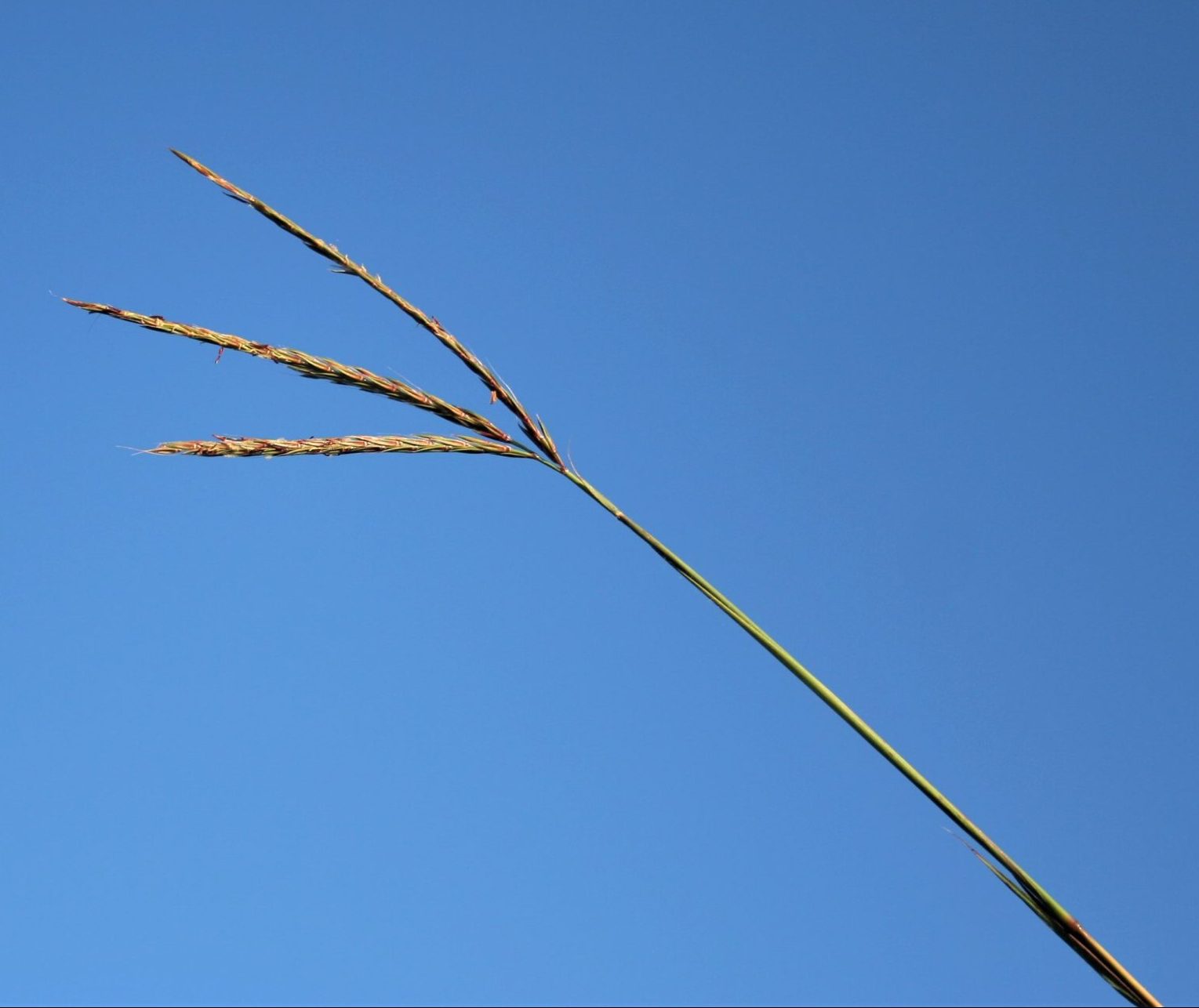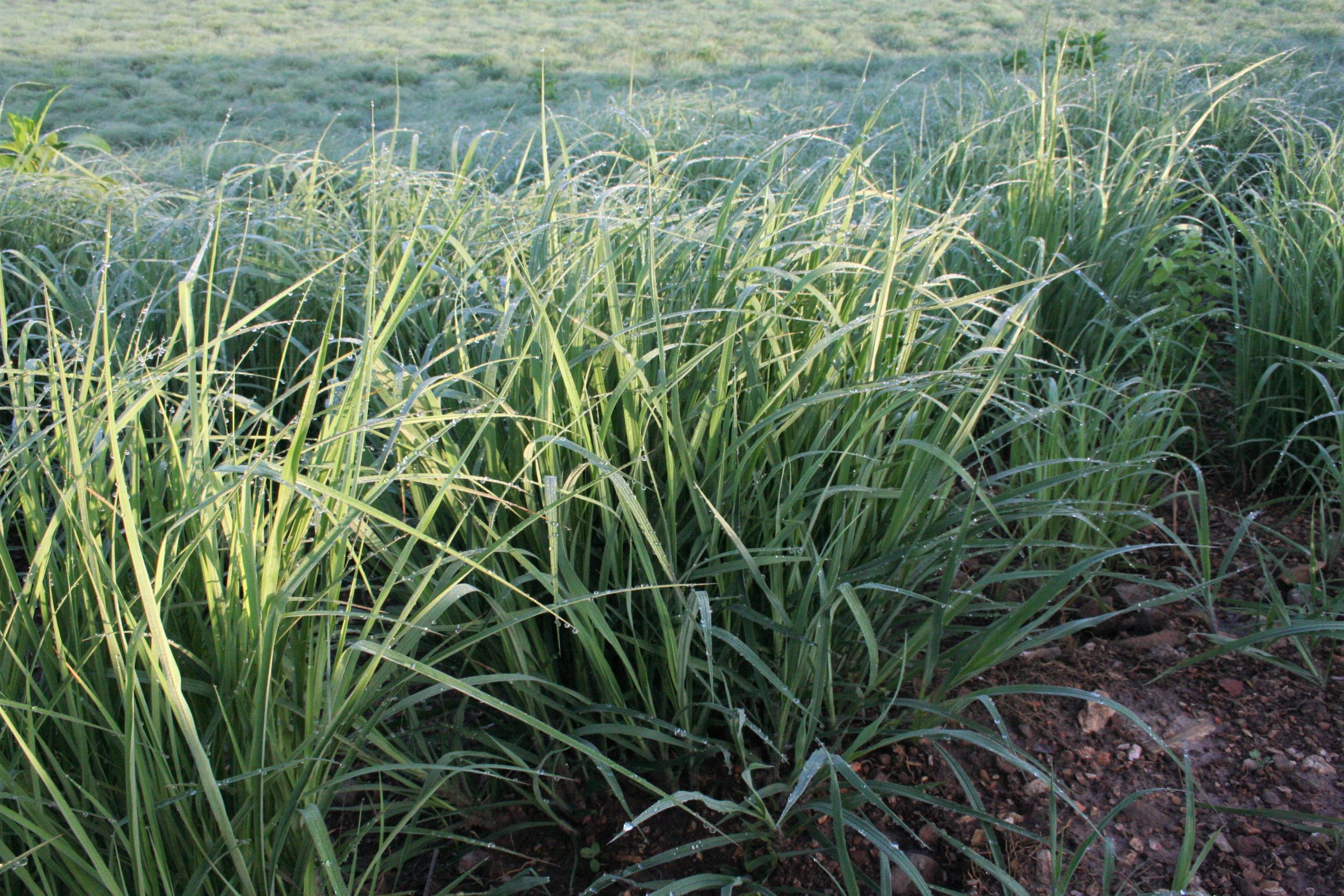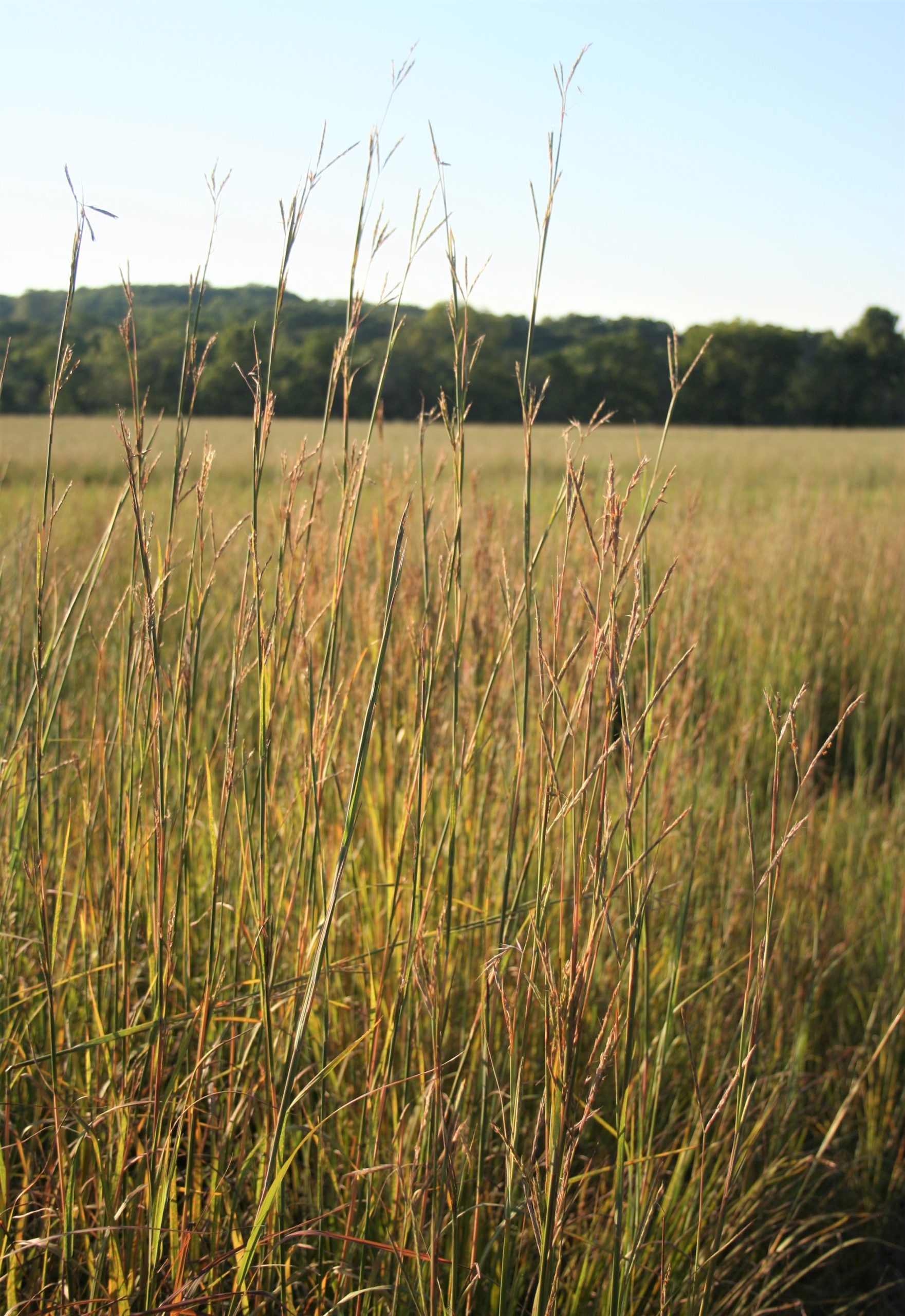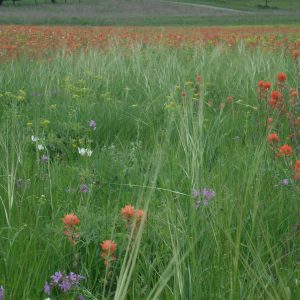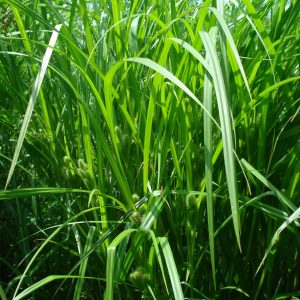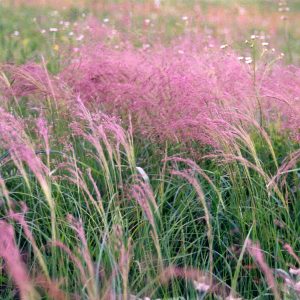Big Bluestem
Andropogon gerardii
Big Bluestem is a long-lived, perennial, warm season grass and is the state grass of Missouri. We offer a variety of Missouri native ecotypes.
Note: This item is sold by the PLS pound.
$3.00 – $22.70
For quantity discount pricing, request a quote.
Description
Big Bluestem is a long-lived, perennial, warm season grass. It also happens to be the state grass of Missouri! It produces many roots. Some reach over 12 feet deep! Native Americans used the long, jointed stems to construct earth lodges. Young boys made toy arrow shafts from the stems. Various tribes also used it to treat digestive problems and fevers. The common name of “Big Bluestem” refers to the size of the plant and the bluish hue of the stems and sheaths. “Turkey-Foot” is another common name. Some people think the seed head resembles the three “toes” on a turkey’s foot. We offer the following varieties/cultivars: Kaw, OZ-70, Rountree, Iowa native, and Missouri native.
Wildlife notes
Many bird species choose Big Bluestem to shelter and raise their young. Some will also eat the seeds. Various mammals, from voles to bison, eat the foliage. Grasshoppers, katydids, and other insects eat the leaves.
Forage notes
Big Bluestem is an excellent forage species. It requires good grazing management. Otherwise, it could potentially disappear from a grassland. It is highly palatable to cattle, horses and goats. To ensure speedy recovery and quicker pasture rotation, leave plenty of above-ground plant material following a graze. The Plant Materials Center at Elsberry, MO found that at the beginning of the grazing season, crude protein was 17% while ADF was 27%, NDF 52%, and TDN 45%. With good grazing management, Big Bluestem protein levels can get at least 2 lbs gain/head/day on a stocker. Grazing during dormancy may require protein supplementation. Quality is highest when grazed early in the dormant season. By the end of winter, the whole plant is generally lying flat on the ground; this is another reason to graze it quickly after frost. It does, however, create a wonderful thatch. Watch a video about impressive Big Bluestem hay yields during a drought in the video, Double the Hay with None of the Fertilizer.
Landscaping notes
Due to its size, landscaping uses need to be carefully considered. It is rarely used in wildflower meadow plantings. It’s interesting color adds to the landscape, generally starting gray to blue green and picking up red hues as the season progresses and finally showcasing some purple in the seedheads. After a frost, Big Bluestem itrns reddish bronze with some light purple notes. This species is tolerant of a variety of soils.
Restoration notes
Big Bluestem is a very common grassland species found in a variety of sites and often dominant on mesic sites. In Missouri, it is found in a variety of plant communities from prairies and glades to savannas and openings of upland forests. Like most warm season grasses, it doesn’t form seed heads until fall, allowing most other grassland plants to flourish before it reaches a mature height.
Videos About This Plant
To learn more about this plant, check out our videos about it and its uses.
Double the Hay with None of the Fertilizer Using Native Warm Season Grasses!
How to Identify Big Bluestem Seedlings in a First Year Planting
Additional information
| Weight | N/A |
|---|---|
| Unit | Packet, Ounce, Pound |
| Light | Full Sun to Part Shade |
| Seeding Rate | 10 PLS lbs/acre |
| Soils | Dry, Average, Moist |
| Height | 60" – 72" |
| Bloom Month | Jul, Aug |
| Specialty Uses | Butterfly, Medicinal |
| Cattle Palatability | Good |
| Variety | Kaw, OZ-70, Rountree, IA Native, MO Native, Let HNO Decide |
| # seeds/pkt | 200 |
| Packet coverage area | 5 sq. ft |
| Life Cycle | Perennial |
